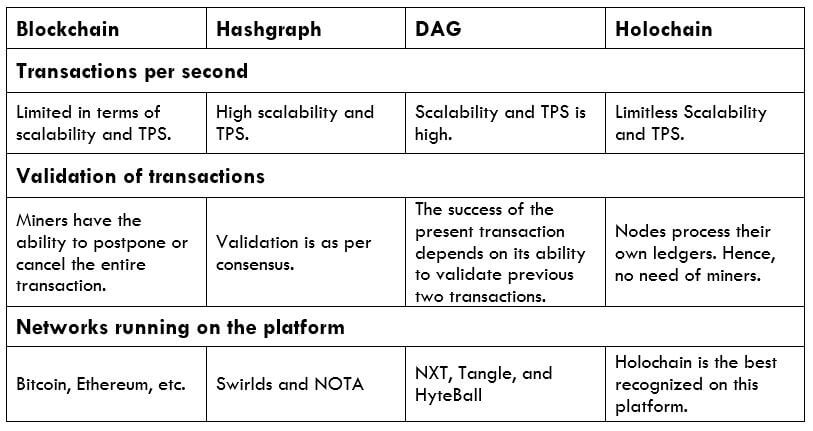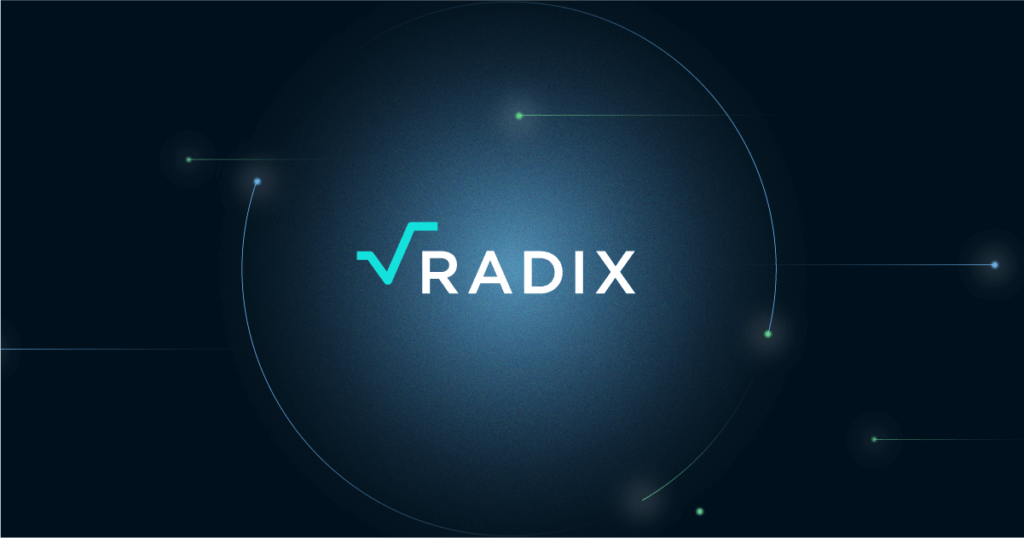Recent studies show that it costs about $6,000 for a financial institution to onboard a new client. Moreover, collating the data of the new customer may end up taking 2 to 4 weeks, depending on a country’s regulation.
Unfortunately, financial institutions cannot avoid these costs entirely since there are mandatory laws requiring banks to record details of all their customers. These laws are commonly known as know your customer (KYC) and anti-money laundering (AML) policies that are enforced by the government under the Bank Security Act. Essentially, the laws are meant to deter illegal financial activities such as financial identity theft and tax evasion.
Maintaining compliance with these regulations usually involves tedious paperwork alongside the numerous and expensive costs involved in the process. Additionally, clerical errors when collecting customer’s personal details may lead to inefficiencies in collating the entire data.
With the advent of blockchain technology, KYC and AML compliance can be made easier and cost-effective by leveraging the abilities of smart contracts and decentralised applications (dApps).
But before we can look at how Blockchain can help organisations maintain compliance, let’s first understand the current state of KYC and AML laws.
Know Your Customer and Anti-Money Laundering Policies
Organizations, particularly those in the finance industry, are required by law to check the identity of their clients before and during doing business with them. This concept has even been extended to other business models – accelerated by the predominance of corruption, financial terrorism and tax evasion cases. Know your Customer (KYC) policy also protects customers from crimes such as financial identity theft.
On the other hand, Anti-Money laundering (AML) law is designed to stop criminals from making money through illegal activities. It also makes it possible for banks to detect and report suspicious financial crimes.
Currently, institutions maintain KYC and AML systems via digital accounting and hardcopy files. This creates room for errors either by the task force managing the information or technical failure of the devices being used.
It becomes even harder for multi-national corporations given the sheer amount of time required to verify and collate numerous data. When you factor in the operational costs and the time required to ensure the process flows seamlessly, it’s easy to see why blockchain technology can be of much help.
How Blockchain can be Used to improve KYC and AML Compliance
Blockchain technology is a decentralized, immutable and distributed ledger that records transactions chronologically in near real-time. These are characteristics the financial industry can tap into to improve KYC and AML compliance. They can do this in the following ways:
- Distributed Client Data Collection
Using Blockchain, a KYC and AML registry can be created; through which only authorised banks and financial institutions will have access keys. This will help accelerate a client’s onboard process since each time an institution needs the client’s details, they’ll only have to request for the private keys to access the data.
Simply put, the technology will simplify data gathering, processing and verification which translates into saving more time and money compared to traditional KYC systems. Reduced onboarding time through blockchain-based KYC systems also increases confidence in the financial service provider.
Additionally, the newfound interoperability in terms of sharing data means that banks and regulators will communicate efficiently, thus, improving compliance. As such, regulators will be notified of violations in real-time and respond almost immediately.
- Data Protection and Management
Identity theft, being one of the most common financial crimes, can easily be mitigated by a blockchain-powered KYC system. When a customer feeds their background information into the blockchain ledger, the data is cryptographically hashed; making it impossible for anyone to corrupt or change it in any way. The security is further improved by the decentralized nature of the ledger technology, thereby eliminating the risk of cyber-attacks which are associated with having data held in a central location.
Thanks to the improved security, data interoperability can safely be executed unlike when using traditional siloed KYC infrastructures. As such, banks don’t have to process data all over again every time a client uses a different product/service under the same bank.
- Less Paperwork
Incorporating Blockchain into the current KYC and AML registries can digitize the existing infrastructure. This is achieved by using smart contracts that create, read, and verify client details automatically, reducing the cumbersome paperwork involved in the traditional process.
In the current KYC and AML systems, a client’s background information is stored separately in various institutions like banks, hospitals, and motor vehicle registry servers. This means that a new customer has to fill in loads of paperwork when using services offered by these institutions. Further, in case a customer switches from one bank account to another, the new one has to conduct a KYC procedure again resulting in tiring paperwork for both the client and the bank.
Blockchain can solve this by providing a distributed ledger where all the client’s details are stored and can be accessed by various institutions.
- Revamp KYC and AML Procedures
Blockchain is a relatively new technology that is still finding use in various industries. As such, it’s incorporation into KYC and AML procedures can upgrade the current systems to stay up to date with the new technology trend. This is essential for institutions considering the increasing demand to create mobile apps to allow users to access services remotely. The apps come with security flaws, e.g. vulnerability to hacks, which can be best solved by blockchain cryptography algorithms.
Besides, as institutions continue to extend their market outreach, upgrading to blockchain KYC solutions is an ideal way to step up their current infrastructure to accommodate the growing number of customers. At the same time, considering that tax fraudsters are always devising new ways to commit crimes, adopting blockchain solutions upgrades security measures to counter the new threats.
Conclusion
Blockchain solutions bring in the much needed efficiency into the customer due diligence process, saving an institution’s money and time. Consequently, these resources can be channeled to other core administrative operations, improving the overall service delivery. Ultimately, financial crimes and compliance violations will be reduced in the long haul.





